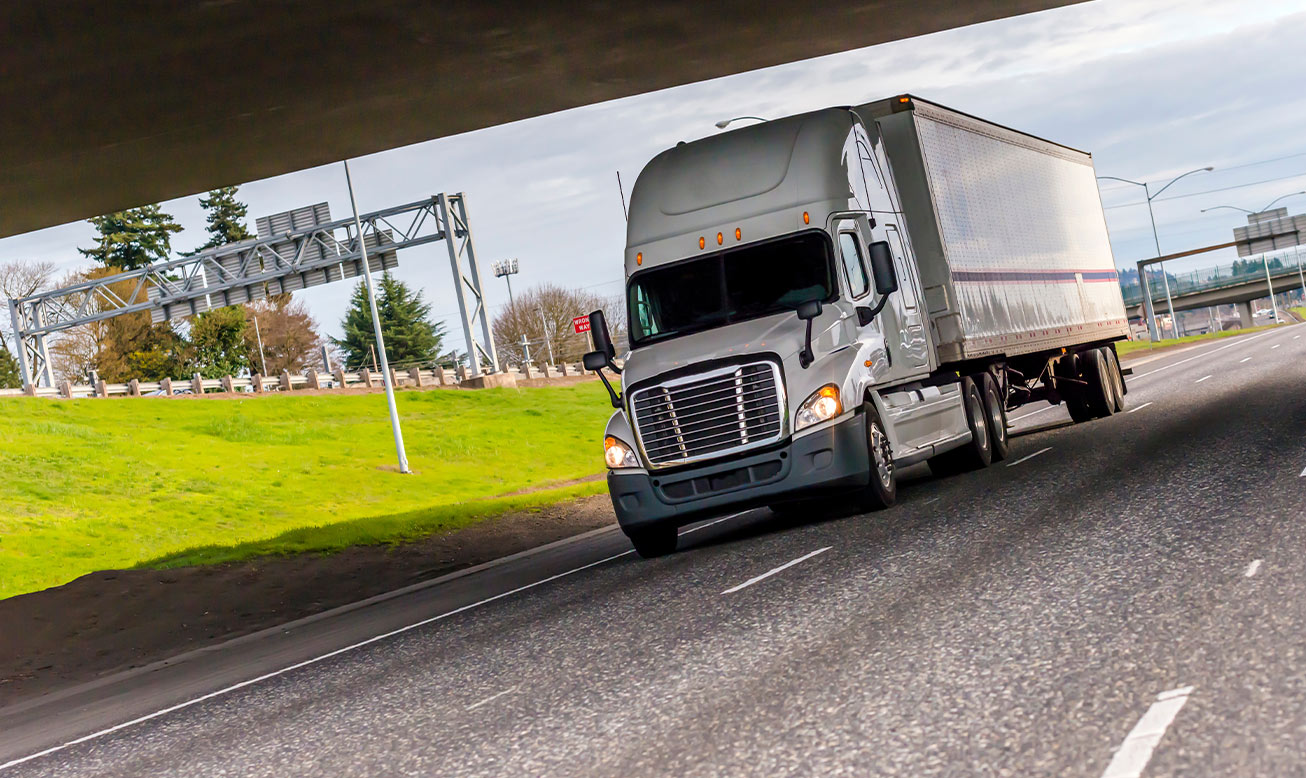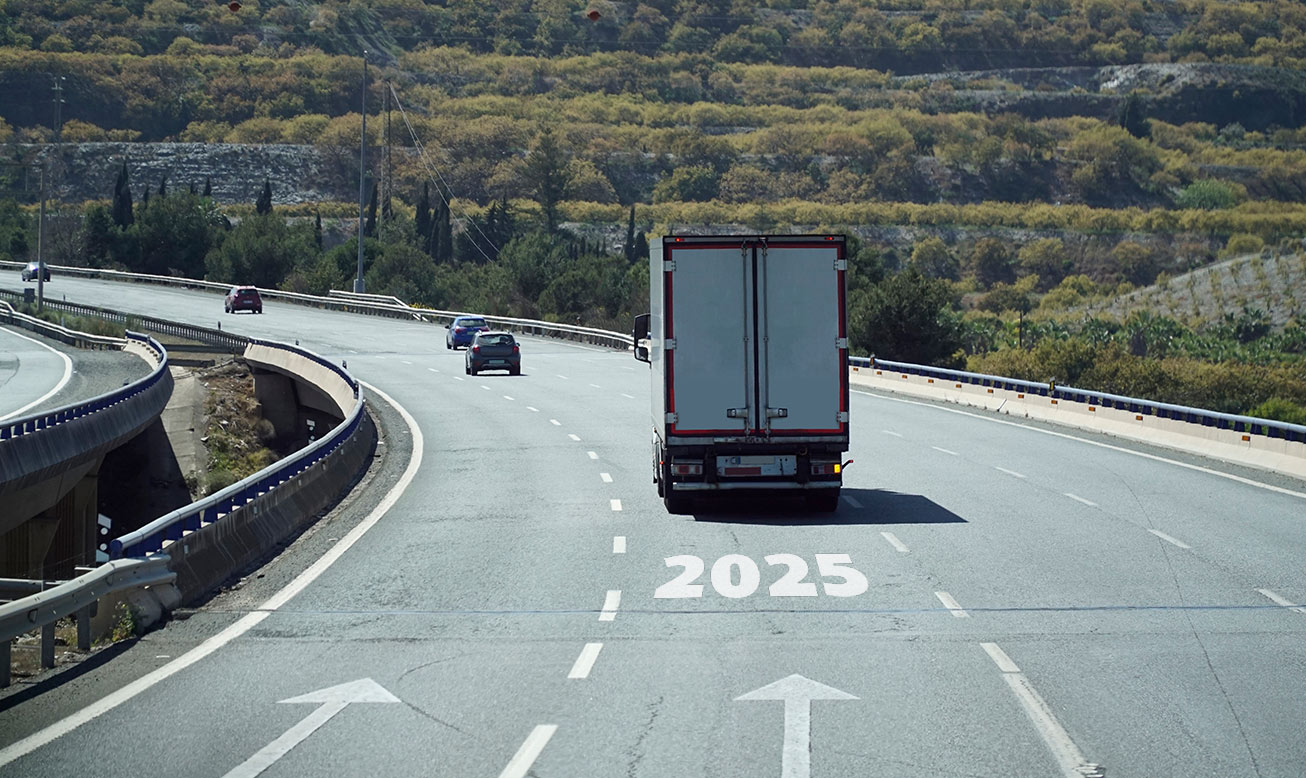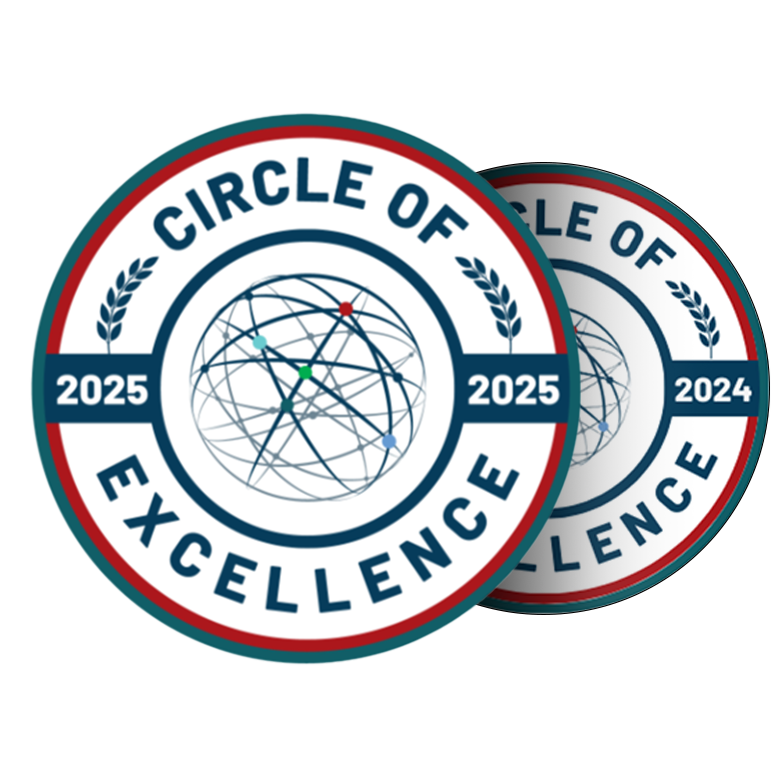January 2, 2025
What to Expect from 2025 Logistics?
The logistics industry has always been known for its rapid evolution, shaped by emerging technologies, global economic trends, and changing consumer expectations. As we move toward 2025, businesses face an increasingly complex supply chain forecast. To stay competitive, companies must keep going with new developments while anticipating disruptions that can impact their operations. Let’s discuss key supply chain trends in 2025, examine the future of logistics, and offer practical solutions to overcome potential challenges.
The Rise of AI and Automation in Supply Chains
Artificial intelligence (AI) and automation are becoming critical drivers of efficiency in future supply chains. By 2025, logistics companies will rely even more on predictive analytics, AI-driven forecasting tools, and automated systems to manage inventory, optimize routes, and reduce costs.
AI Applications in 2025 Logistics:
Predictive Analytics – AI tools use historical data and real-time market information to help companies forecast demand accurately and avoid inventory shortages.
Warehouse Automation – Advanced robotics and automated storage systems will reduce reliance on manual labor and improve warehouse productivity.
Last-Mile Delivery Optimization – AI algorithms will enhance route planning to make deliveries faster and more cost-effective.
These innovations will enable companies to streamline their operations while addressing long-standing logistics problems and solutions, such as delays, inefficiencies, and labor shortages.
Sustainability: A Core Priority in the Future of Logistics
Sustainability is no longer optional. By 2025, global regulations and corporate sustainability goals will place green logistics at the forefront of supply chain strategies.
Sustainable Logistics Trends:
Electric and Autonomous Vehicles – Adopting electric trucks and autonomous delivery systems will lower carbon emissions and operating costs.
Green Warehousing – Energy-efficient warehouses powered by renewable energy sources will become more prevalent.
Circular Supply Chains – Businesses will focus on recycling, refurbishing, and reusing products to minimize waste and optimize resource utilization.
These efforts will reduce environmental impact while enhancing brand reputation and appeal to eco-conscious consumers. The future of logistics scenarios in 2025 will be defined by businesses aligning operations with sustainability goals.
Increased Focus on Resilient and Agile Supply Chains
The disruptions of recent years, including the COVID-19 pandemic and geopolitical events, have highlighted the matter of resilience in supply chains. As we look toward Supply Chain 2025, companies will prioritize agility and flexibility to mitigate risks and respond swiftly to unexpected challenges.
Key Strategies for Building Resilient Supply Chains:
Diversification of Suppliers – Companies will reduce dependency on single-source suppliers by diversifying their approved partner networks.
Nearshoring and Onshoring – Businesses will move production closer to demand centers to reduce transit times and dependency on broader shipping lanes.
Advanced Risk Management – Enhanced risk assessment tools and real-time visibility platforms will allow companies to identify and address supply chain vulnerabilities early.
By implementing these strategies, companies can create better-equipped supply chains to withstand disruptions, ensuring smooth operations, especially in volatile sectors.
The Digital Supply Chain Transformation
Technology will still be paramount to reshape the future of the logistics industry as digital transformation accelerates. By 2025, digital twins, blockchain, and IoT (Internet of Things) will be integral in building more innovative, more connected supply chains.
Key Digital Innovations in Logistics:
Digital Twins – Businesses will use digital twins to create virtual models of their supply chains, enabling them to test scenarios, identify bottlenecks, and optimize operations.
Blockchain for Transparency – Blockchain technology will improve supply chain transparency and traceability, reducing fraud, preventing double brokerage, and ensuring ethical sourcing.
IoT-Driven Connectivity – IoT sensors provide real-time inventory, shipments, and equipment data, enabling greater control and visibility.
The digitalization of supply chains will empower companies to make data-driven decisions, reduce inefficiencies, and deliver exceptional customer experiences.
Addressing Labor Shortages and Workforce Challenges
Labor shortages remain one of the significant logistics problems and solutions to address in the coming years. The future of logistics will see companies adopt creative strategies to bridge the talent gap while utilizing technology to optimize workforce efficiency.
Solutions to Workforce Challenges:
Upskilling and Training Programs – Companies will invest in training programs to prepare employees with the skills needed for increasingly tech-driven logistics roles.
Collaborative Robotics – Human-robot collaboration in warehouses and fulfillment centers will enhance productivity and reduce strain on human workers.
Flexible Work Models – Businesses will explore flexible and remote work models for supply chain professionals to attract and retain talent.
While automation will address some labor challenges, investing in the workforce will remain essential to ensure seamless logistics operations.

The Growing Role of Last-Mile Delivery Solutions
The explosion of e-commerce has made last-mile delivery a focal point in logistics strategies. By 2025, companies will adopt innovative solutions to meet customer expectations for fast, affordable, and reliable deliveries.
Emerging Trends in Last-Mile Logistics:
Drones and Autonomous Vehicles – Delivery drones and autonomous vehicles will play a larger and larger role every year in transporting goods.
Micro-Fulfillment Centers – Companies will benefit from small, strategically located warehouses to fulfill orders quickly.
Subscription Models – Businesses will adopt subscription delivery solutions to enhance client convenience.
As last-mile delivery remains one of the most costly and complex stages of logistics, these innovations will drive efficiency while improving customer satisfaction.
Advanced-Data Analytics for Real-Time Visibility
Real-time visibility will be a game-changer for supply chain trends in 2025. Companies will increasingly rely on advanced data analytics and cloud-based platforms to monitor shipments, manage inventory, and improve decision-making.
Benefits of Real-Time Supply Chain Visibility:
Improved Forecasting – Businesses will gain actionable insights to forecast demand and prevent overstocking or stockouts.
Enhanced Customer Communication – Real-time tracking and updates will keep customers informed, improving their experience.
Faster Issue Resolution – Companies can quickly identify and address delays, reducing the risk of disruptions.
The integration of analytics tools into the future supply chain will empower businesses to operate more efficiently and proactively.
Major Trade and External Influences
The future of logistics scenarios in 2025 will continue to be shaped by market dynamics, environmental conditions, and geopolitical factors. Shifts in trade policies, tariffs, and trade alliances will impact supply chain routes, costs, and operational strategies.
Key Considerations for Businesses:
Adapting to Trade Regulations – Companies must stay updated on changing trade laws and customs regulations to avoid disruptions.
Regionalization of Supply Chains – Businesses will diversify their markets and suppliers to reduce exposure to geopolitical risks.
Focus on Strategic Partnerships – Strong alliances with 3PLs and non-asset-based carriers will provide new opportunities for market expansion.
Adapting to external changes will be essential to ensure long-term stability and growth in the logistics sector.
Preparing for the Future of Logistics
The logistics industry in 2025 will be defined by innovation, sustainability, and resilience. By embracing technology, prioritizing green practices, and building agile supply chains, businesses can overcome challenges and thrive in an increasingly complex environment. The future of the logistics industry holds great potential, but preparation and forward-thinking strategies will be key to success.
At Last Mile Logistics, we strive to keep your business competitive by addressing current logistics problems and solutions while focusing on supply chain trends in 2025. As the industry continues to evolve, our experienced team of logistics professionals will adopt a proactive approach, leading your supply chain operations to success. So please call Arnie today so we can evaluate your transportation needs.


